Man becomes a medieval farmer after studying 500 year old wheat seeds he found in thatched roofs – and hopes his discoveries could help save the planet
A thatching enthusiast has unlocked the secrets of ancient grains by investigating the wheat seeds he found hidden in old roofs and has become a medieval farmer – using methods last seen in the 16th century.
John Letts, 60, of Oxford, was able to turn detective because roof thatchers in medieval times didn’t bother to strip away old thatch, they just added to it, leaving vital evidence for him to uncover 500 years later.
Now, as the UN Climate Change Conference (COP26) continues in Glasgow, he believes the hardy and ancient seed mix he took 25 painstaking years to figure out, and the old sustainable farming methods he uses to grow it, could even help fight global warming.
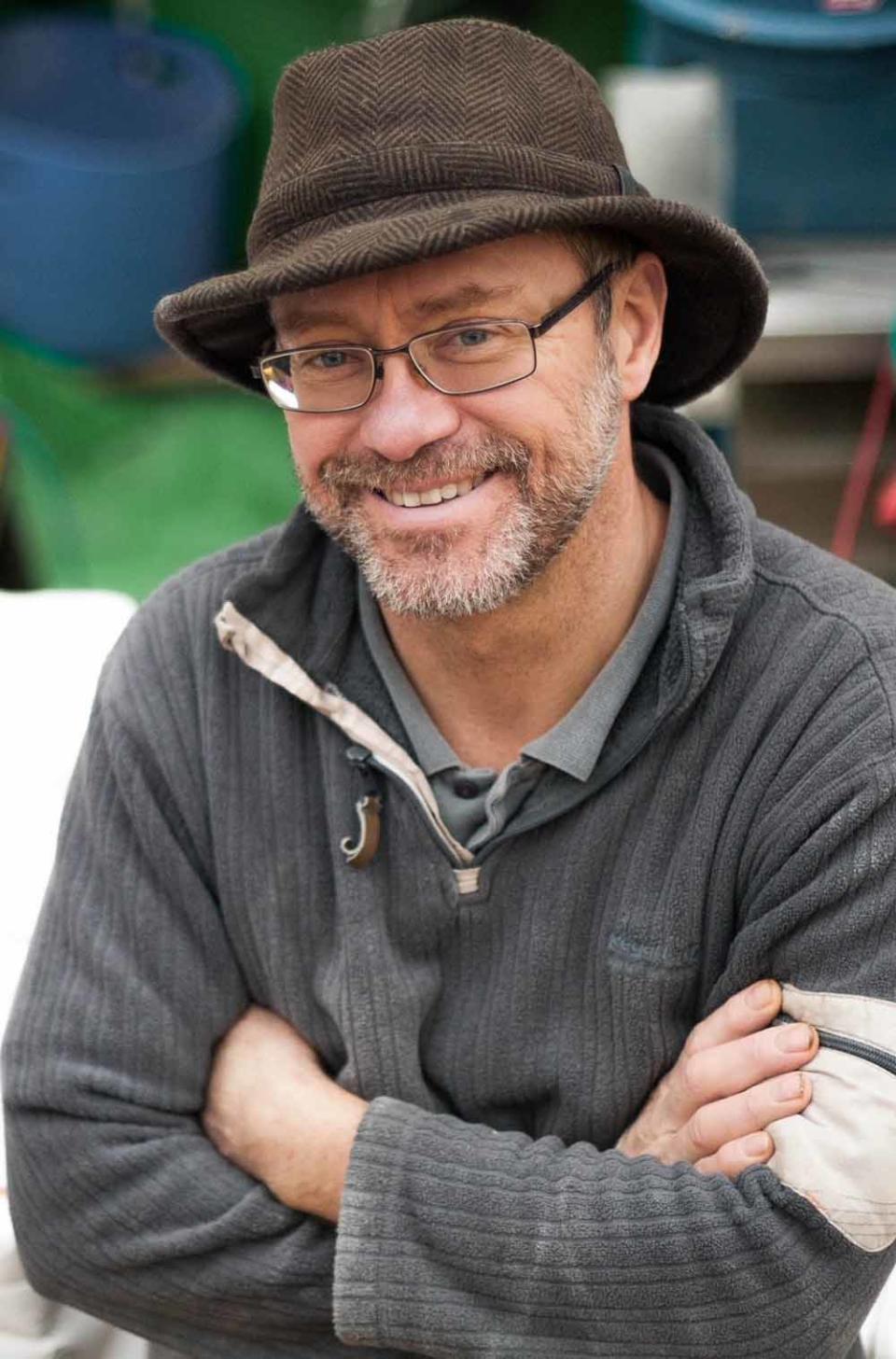
And John, who used his earlier training in archeobotany – the analysis of plant remains found at archaeological sites – to crack the wheat’s secrets, also uses his ancient crops to make delicious bread and whisky.
He said of his investigations: “Thatchers in medieval times would simply thatch over the original roof.
“So, as I peeled back the thatch of some of these buildings, I would literally be peeling back history, able to trace the genetic history of the wheat as I pulled it back.”
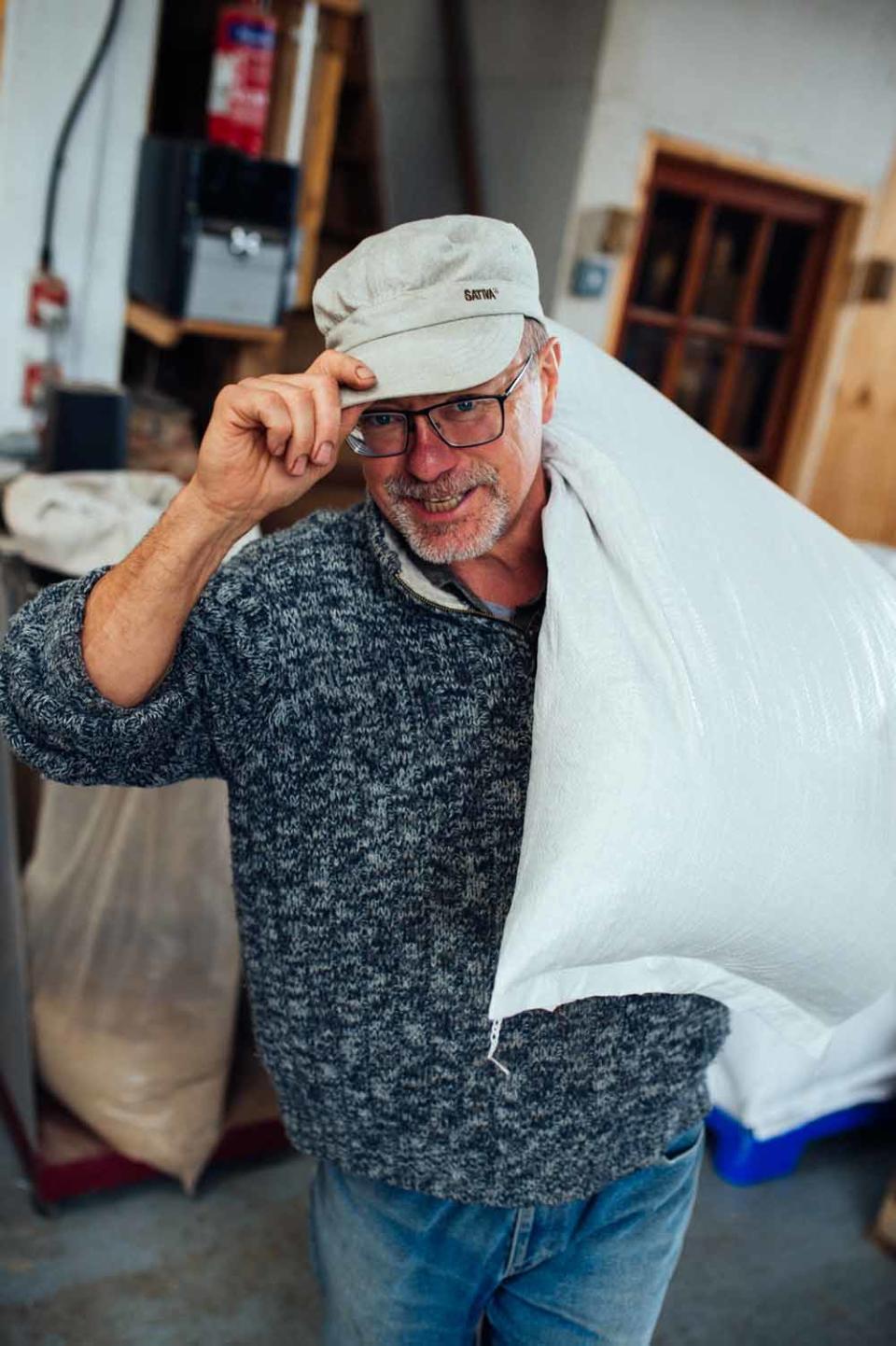
He added: “I spent 10 or 15 years researching the historic thatching traditions in unusual historic properties and collecting data about the wheats and grains and the strains they used.”
The dried seeds he discovered were long dead – but the genetic information that had been locked inside them let him recreate the mix medieval farmers used, then grow it on his 600 acre farm.
He said: “Obviously, the wheat I collected was dead and the seeds would never grow. But it was an important way to study the characteristics of these mixes so I could make the closest match.”
And John, who lives with his cat Sparky, is determined to draw on lessons from medieval famers – so when his grain is harvested, he doesn’t strip the field but instead leaves the rest of the wheat plant in the ground, meaning all the nutrients stay in the soil.
However, he doesn’t cut the wheat by hand, as medieval farmers did. Instead he uses a modern-day combine harvester – with some adaptations.
He said: “Harvesting in the old way would take far too long and would be exhausting.”
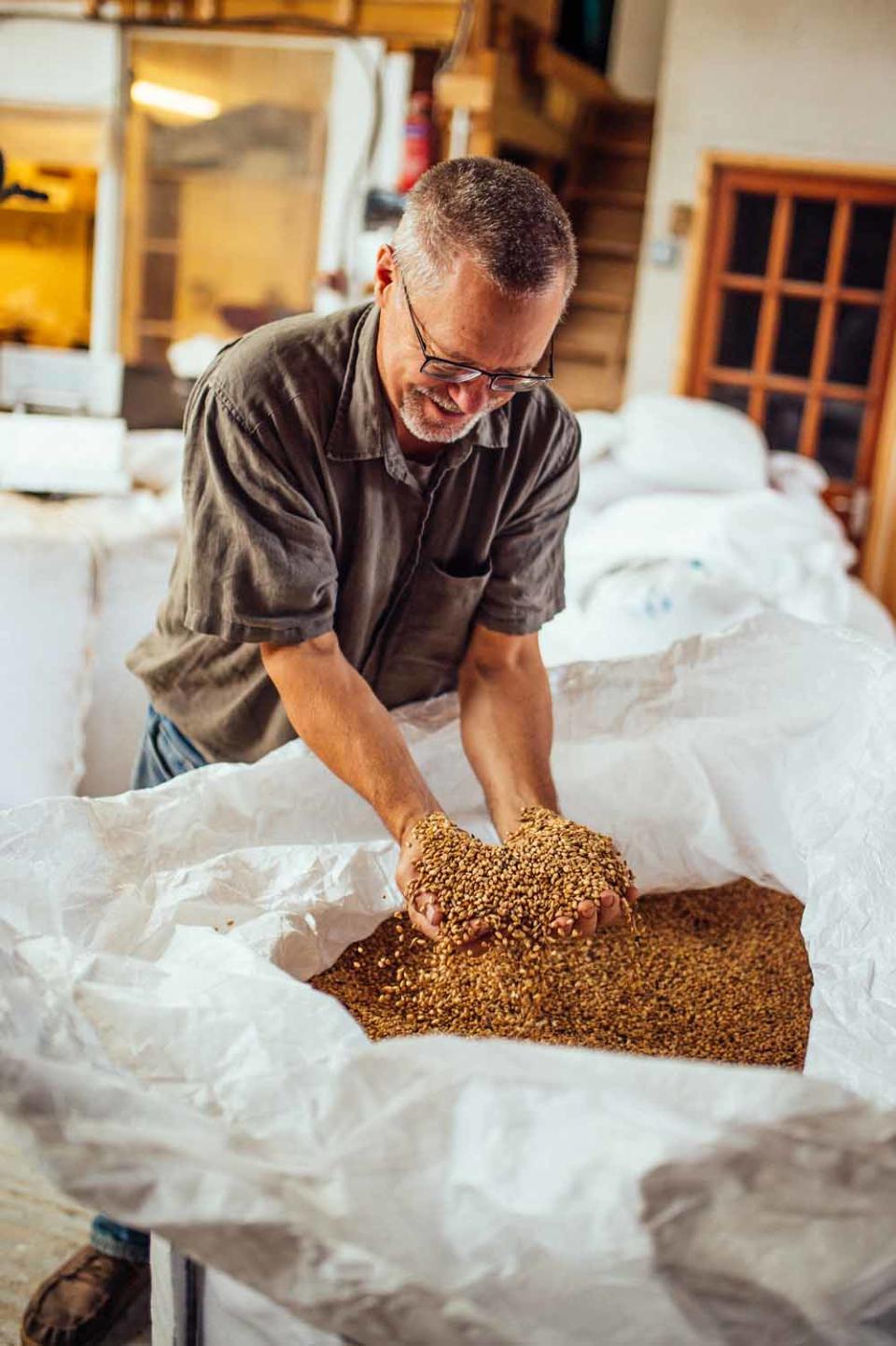
He added: “I realised my combine harvester had a hole in the drum and the hole was dropping the leftover seeds back into the field.
“As a result of the hole, I had a new field without planting it.
“I recognised this was a possible way forward, particularly if I undersowed this with clover that would provide all the nitrogen the crop would need to grow well and I would be helping biodiversity.”
Our heritage grains don’t look like your average crops. Guess which one is ours? #Seedtostill #Graintoglass #nopesticides #regenerativefarming #sustainability #heritagegrains #organicspirits #organic pic.twitter.com/38WqIDp1aq
— The Oxford Artisan Distillery (@thespiritoftoad) August 11, 2021
John is happy with this compromise, where he replicates old methods with the help of modern machinery.
He said: “I’m farming in a similar way to how I believe it was first done in the first 5,000 years.
“My favourite film is Monty Python The Holy Grail. I always thought the opening scene of the peasants stealing the manure was a really accurate scene.”
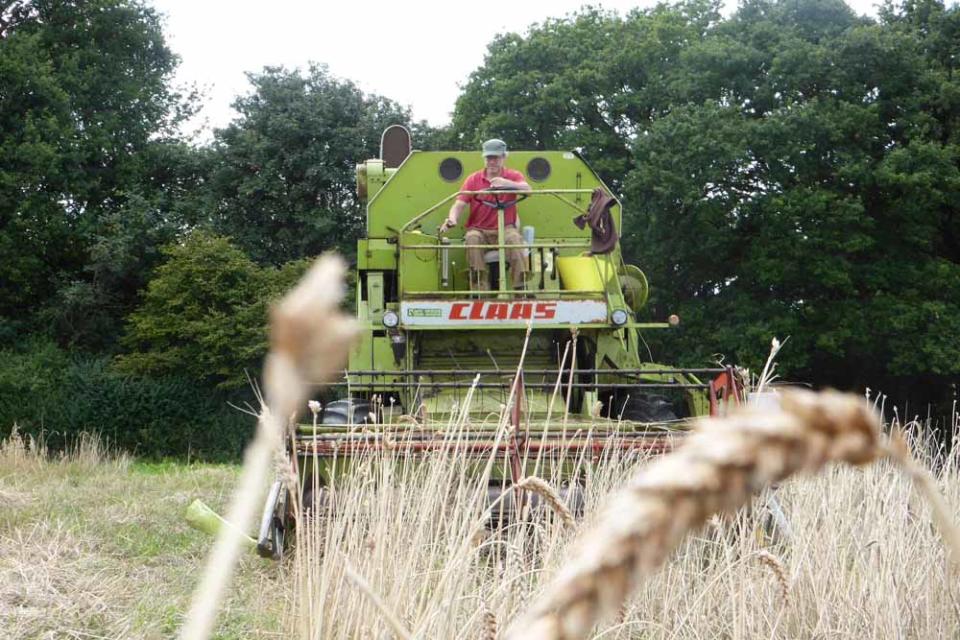
He added: “In medieval times, the fields were really low in nitrogen and the wheat was very hardy to survive in those fields.
“I’m trying to mimic when humans transitioned from hunting and gathering to farming. I’m manipulating the ecosystem in order to produce food for humans, but not completely messing it up.”
For John, who grew up on a farm in Canada, this is all about making farming eco-friendly – something he has felt passionate about ever since he was accidentally sprayed with herbicides aged 18, in 1979.
He said: “I grew up in a farm in Ontario, then when I got older, I really liked plants and seeds so I became a plant breeder.
“I remember we were spraying mung beans with a herbicide.
“This big machine was spraying but not hitting the crops and it just engulfed me. I thought, ‘I’m going to have a second head.'”
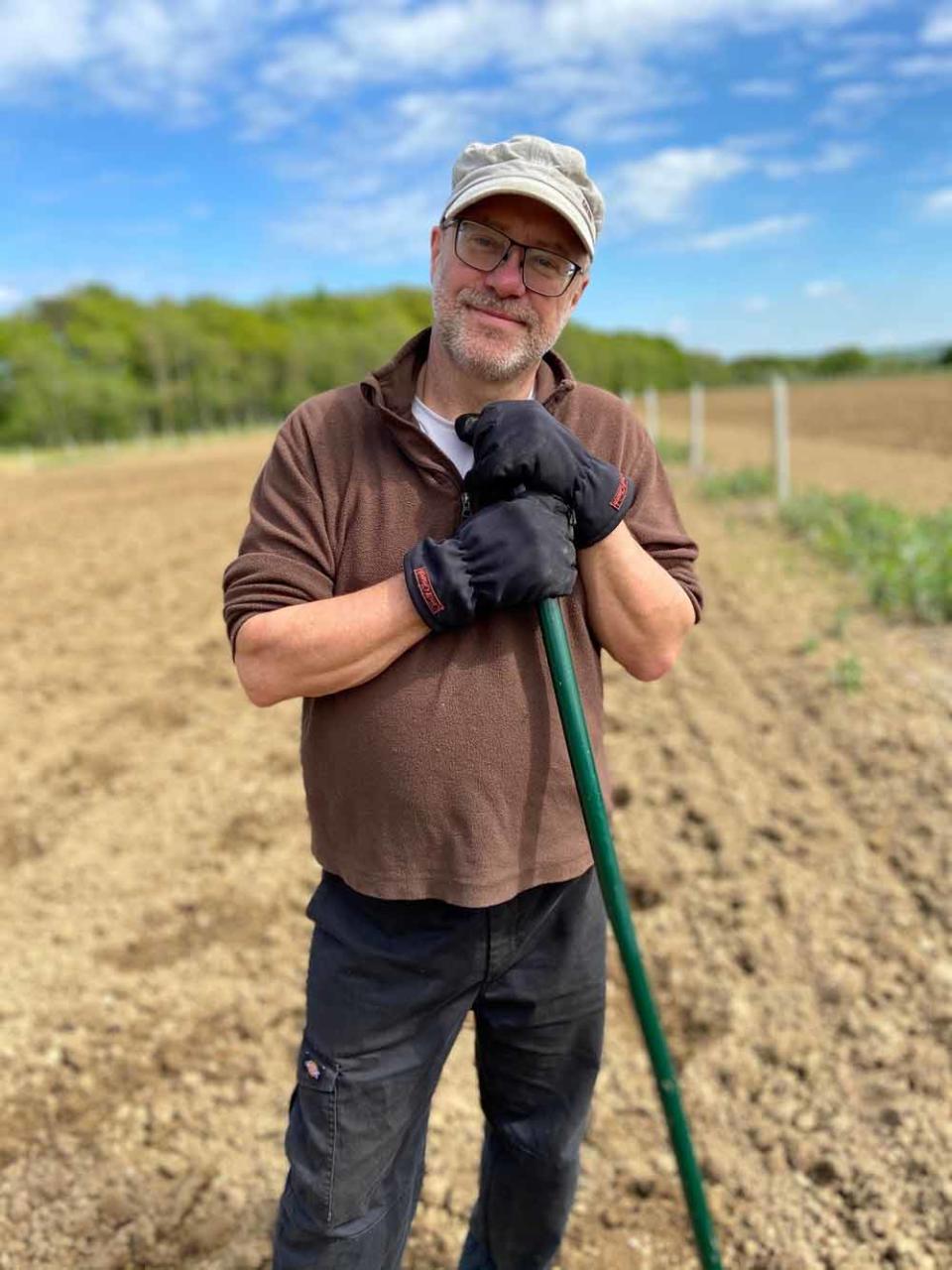
He added: “Obviously that hasn’t happened yet but it made me start to think that something was seriously wrong here because we were using harmful chemicals to help us grow food and it needed to change.”
In 1985, he moved to London and began working as a vegetarian chef.
Three years on, he came across an archeobotanist course and, intrigued by the prospect of learning about the history of plants, studied for a masters in bioarcheology at University College London.
This led him to become a full-time academic, and, while he was working at Oxford University in 1993, he was first shown some 16th century thatch from a derelict building.
John said: “A friend bought in a shoebox of thatch from a building. They were going to burn it, then decided to let me have a look at it first.
“I was so excited. The first crops are totally diverse, and very different to the uniform crops we have now.”
When it comes time to harvest, the only thing we take from the field is the grain; everything else stays. This builds organic matter & nutrients in the soil, & encourages biodiversity & a diverse agro-ecosystem. pic.twitter.com/abco7mKTBu
— The Oxford Artisan Distillery (@thespiritoftoad) October 29, 2021
He added: “The wheat was from 1450 and I couldn’t wait to study it. Modern wheat is so changed and I wanted to learn from the past how to create more sustainable farming for the future.”
Studying the old grains and farming methods became an obsession, leading him to learn to thatch for his research by spending time with fellow thatchers and reading up on the subject.
John said: “I stopped my PHD as I concluded that I was not going to solve the problem of sustainable farming by being only an academic.”
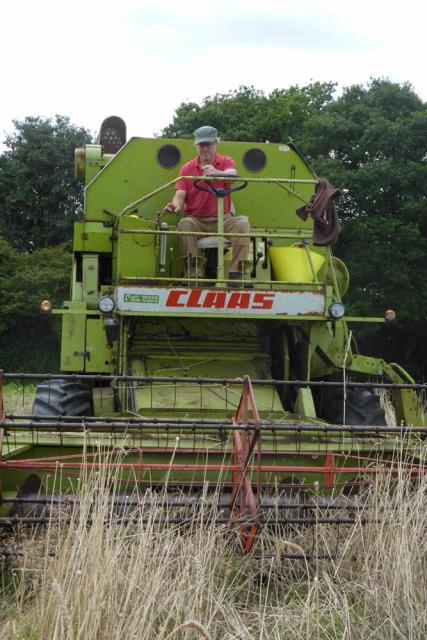
He added: “I’m not a super confidant thatcher but I would certainly thatch my own house. It might not last 50 years but it would last 30!”
After 10 years of experimenting and testing his crops, John finally found the perfect 16th century style grain mix and was delighted with his product, even founding his own company to produce grains and flour.
“I started Heritage Harvest in 2006 and produced two acres,” said John.
He added: “I sold my flour to artisan bakeries and it just really took off.”
In the years since, and with the help of his combine harvester and contracted farmers, his yield has multiplied.
“I can produce up to 1.3 tonnes per acre in a year and top quality thatching straw,” explained John.
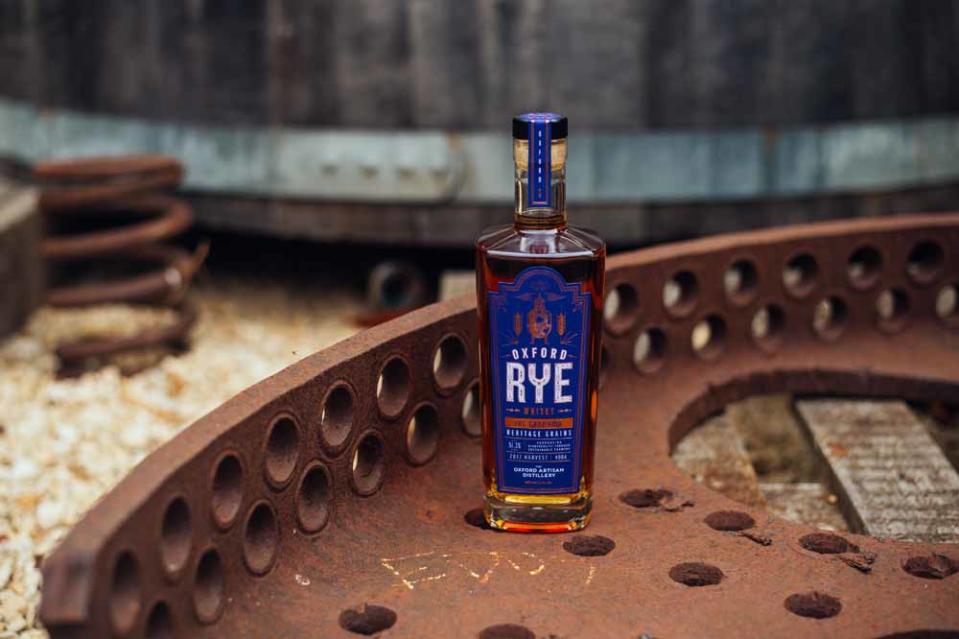
He added: “I produce less then half of a conventional farmer but three times what an organic farmer would get as I am able to grow every year.”
However, he has stayed true to his eco beliefs and his methods have stayed sustainable and organic – giving him hope he could help towards saving the planet.
He said: “My wheat is resilient, it can deal with bad weather better and is more diverse. It’s really tall, unlike modern wheat.”
He added: “I think it offers with climate change a different approach to farming, where we look back and learn from the past about how to move forward.”
And the fact his old grains also make gin, whisky and beer is an extra bonus.
He said: “The grains make a really delicious whisky. It’s a really unusual taste but delicious. I started providing grain for The Oxford Artisan Distillery in 2016 and it’s been brilliant.”
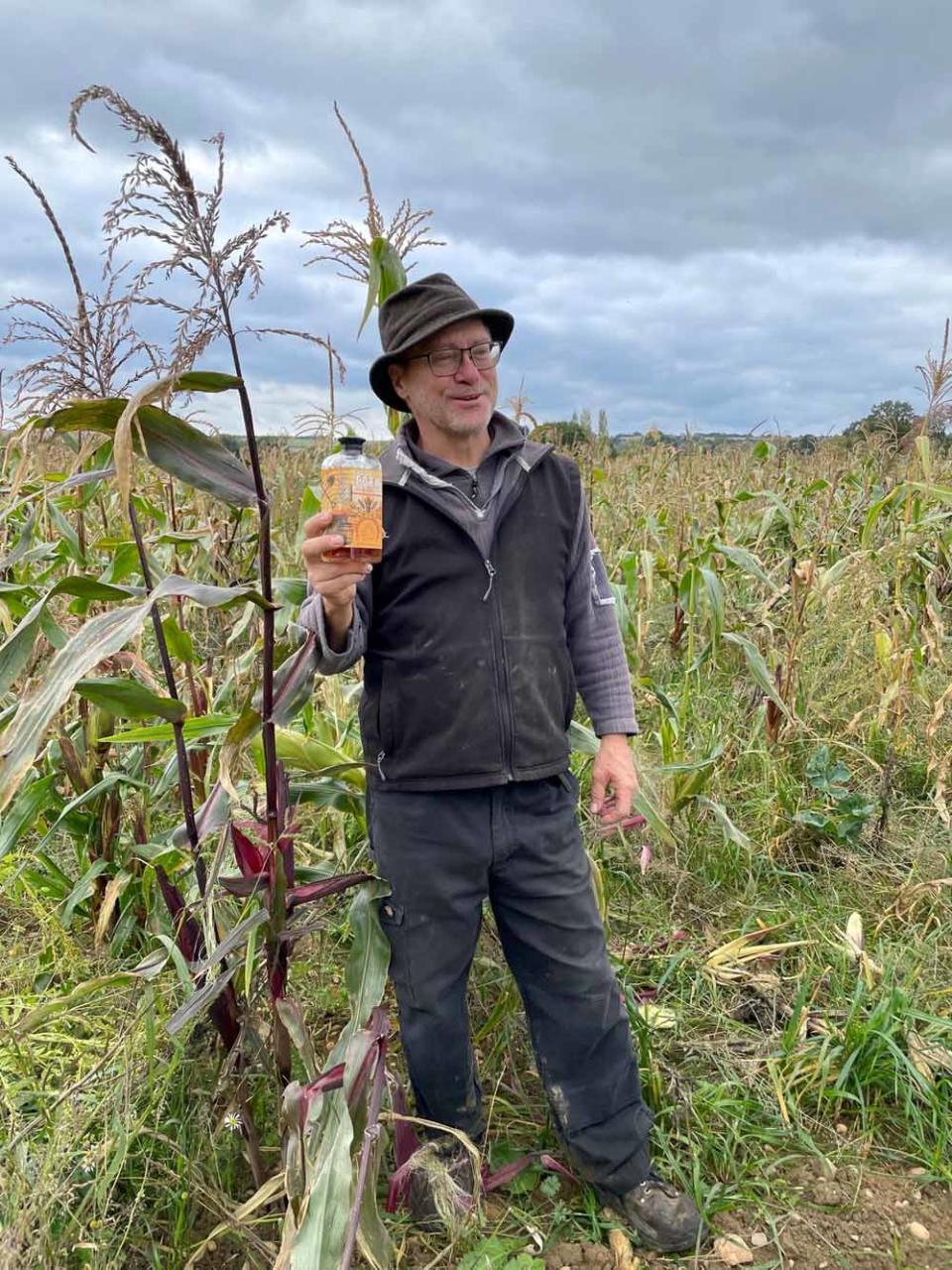
He added: “I used to be a baker when I was younger, so I would make bread out of my grains. I have to admit it’s nice having a glass whisky as well with a loaf of bread!”
But John is still concerned about global warming and the impact on agriculture – and says he might one day grow rice, which needs a warm and wet tropical climate, on his farm to highlight global warming and the increasing flooding and rainfall in the UK.
He said: “I’d like to try and grow rice as well. I think it would make a brilliant commentary on climate change to grow rice fields in the UK.”
And he added of his historical efforts: “Archaeology to me is a means to an end.
“At the moment, we’re messing up the environment. We’re farming in an unsustainable way.
“We went wrong badly at some point – and I said, ‘I want to know about that.'”

 Yahoo News
Yahoo News 
